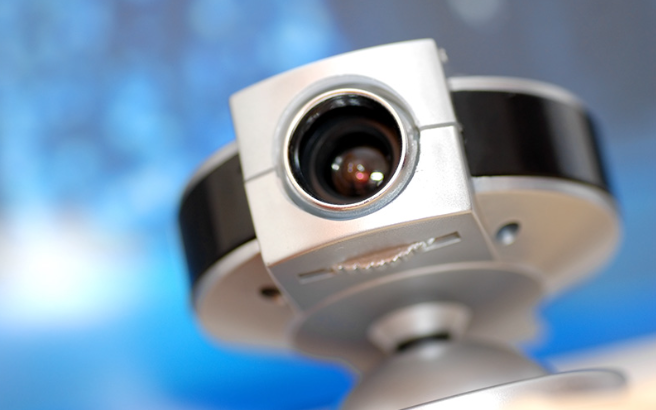Stereo cameras are widely hailed as a valuable tool for robotic vision systems. Their capacity to replicate human binocular vision and provide depth awareness makes them suitable for object recognition, obstacle avoidance, and spatial mapping. However, despite their popularity, stereo camera systems have drawbacks, many of which are rarely addressed in commercial or scholarly discourse.
Discover the hidden constraints of stereo cameras in robotics, focusing on how they can compromise system reliability, raise processing needs, and underperform in challenging real-world scenarios.
Struggles with Low-Texture and Repetitive Surfaces
Stereo camera systems rely on identifying matching features in images from two slightly different viewpoints. However, stereo matching can become highly unreliable in environments where surfaces are uniform or have repetitive patterns—such as smooth walls, carpets, or metal grates. The lack of distinct visual landmarks makes it difficult for algorithms to estimate depth accurately, leading to blind spots or false depth measurements. This instance becomes a serious issue for autonomous robots that rely on stereo vision for navigation and decision-making in indoor or industrial settings.
Performance Drops in Low Light or High Dynamic Range
Although stereo cameras are effective under normal lighting conditions, their performance deteriorates quickly in low-light environments or areas with high dynamic range (e.g., sunlight through windows). In such conditions, one camera may be overexposed while the other is underexposed, resulting in poor image matching and compromised depth maps. Unlike LiDAR or time-of-flight sensors, stereo camera systems don’t emit their own light, making them heavily dependent on ambient lighting. This instance can lead to inconsistent performance and unreliable obstacle detection for robots operating around the clock or in poorly lit locations.
ALSO READ: How Machine Vision Cameras Addresses Challenges in Intelligent Transportation Systems (ITS)
High Computational Load for Real-Time Processing
Stereo camera robotics requires substantial computing power to process and interpret visual data in real-time. Generating depth maps from stereo images is computationally intensive, especially when high-resolution cameras and dense matching algorithms are used. This instance can result in latency issues, which are problematic for high-speed robots or applications requiring instant response, such as drone navigation or dynamic path planning in crowded environments. While some stereo camera systems come with onboard processing units, they still require significant system resources, affecting the overall efficiency of the robot.
Calibration Drift and Maintenance Overhead
Stereo camera systems must be precisely calibrated to maintain accuracy. Over time, physical vibrations, temperature changes, or mechanical stress can cause a slight shift in camera alignment, leading to calibration drift. This instance may result in distorted depth calculations and inconsistencies in spatial awareness. Regular recalibration is necessary, which adds maintenance overhead and increases the total cost of ownership. In long-term deployments, particularly in mobile robotics, maintaining calibration stability is a recurring challenge that’s often underestimated.
Limited Depth Accuracy Compared to Active Sensors
Although stereo cameras offer depth estimation, the accuracy is limited compared to active sensors like LiDAR or structured light systems. The depth precision of a stereo camera decreases with distance, making it less effective for detecting objects far from the robot. Moreover, environmental factors such as glare, shadowing, and reflections further distort the perceived depth. Stereo camera robotics may fall short for applications that require fine-grained spatial accuracy—such as robotic surgery, precision farming, or automated inspection.
Conclusion
Stereo cameras in robotics offer an economical and compact option for giving machines vision and depth awareness. However, hidden restrictions, such as performance degradation under low lighting or the load of real-time processing, might impact the robotic system’s reliability and scalability. Engineers and solution designers must weigh these constraints carefully when selecting a stereo camera system, and where necessary, consider hybrid setups that integrate additional sensors to offset stereo limitations.
Visit Voltrium Systems to give your robots a better set of eyes—without the blind spots!




